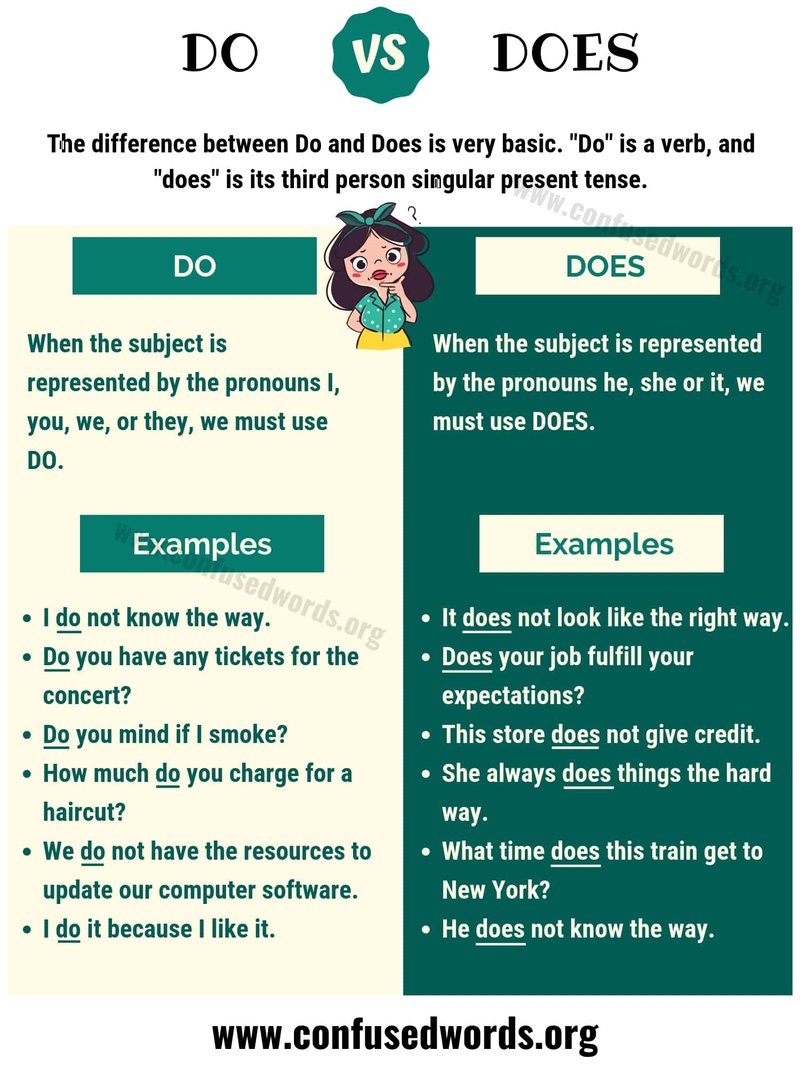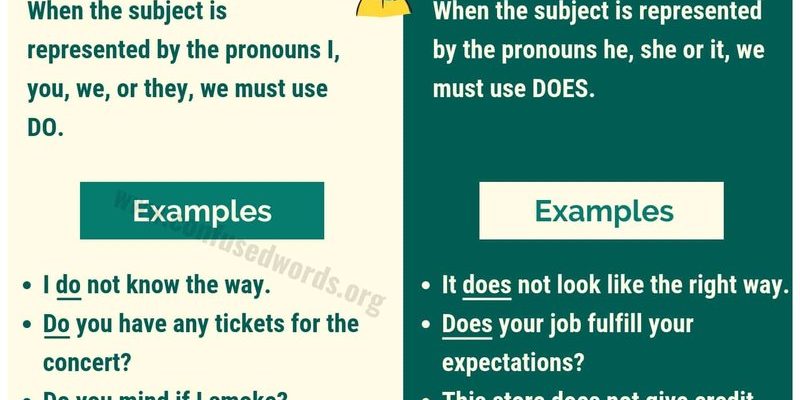
So, what does this mysterious “OE” code mean? It’s not a secret code from a spy movie, but it does contain an important message about your washing machine’s condition. In the world of washing machines, “OE” usually signals an issue with the draining process. Think of it like a sink that’s refusing to let water out — no matter how much you twist and turn the faucets. It’s a common hiccup — nothing to panic about — but it’s crucial to address it to keep your laundry routine flowing smoothly. Resetting the machine is often touted as a quick fix, but let’s unpack whether that really solves the problem or if there’s more to consider.
Understanding the Error Code “OE”: What It Really Means
When your washing machine displays an “OE” error, it’s basically trying to tell you that something’s up with the drainage. To put it plainly, the machine isn’t able to drain water properly. Picture a garden hose that’s full of kinks and bends—water can’t flow through smoothly, right? That’s what’s happening inside your washing machine. The machine senses this hiccup and signals you with an error code to get your attention.
You might ask, why does this happen? Several culprits could be at play. The most common is a clogged or kinked drain hose. Over time, small clothing items like socks or lint can find their way into the hose, causing a blockage. Similarly, just like a bend in a straw that stops your drink mid-sip, a kinked hose prevents the water from draining out. Other times, the issue could stem from a malfunctioning pump or a blocked filter, each playing a crucial role in the drainage process.
Now, this might sound overwhelming, especially if you’re not particularly handy with appliances. But here’s the good news: while the “OE” error indicates a drainage issue, it’s often something that can be resolved without too much hassle. Before jumping to conclusions, let’s explore whether resetting your washing machine is the silver bullet you need.
Resetting Your Maytag Washing Machine: A Simple Fix?
Hitting the reset button can feel like a magical solution to many tech-related problems. It’s like giving your washing machine a short nap to clear its “head” and start fresh. But, will this trick work for the “OE” error? Let’s find out together.
Resetting your washing machine is pretty straightforward. It involves unplugging the machine for a minute or two, then plugging it back in. This action resets the machine’s electronic control board, possibly clearing any temporary glitches. Think of it like rebooting your smartphone or computer when it’s acting wonky. Often, this can be enough to reset the machine’s mind and get it back on track.
However, while resetting can solve some issues, it’s not a guaranteed fix for the “OE” error. If a blockage is the root of the problem, resetting might clear the error message temporarily, but the underlying issue still needs attention. Imagine hitting the snooze button on an alarm; you might silence it for a moment, but it won’t stop the alarm from going off again until you address why it rang in the first place.
So, if the error resurfaces after resetting, it’s time to roll up your sleeves and delve a little deeper into potential causes. Don’t worry; the next section will guide you through other solutions to try if resetting doesn’t do the trick.
What to Do If Resetting Doesn’t Work
If resetting your machine didn’t resolve the error, don’t throw in the towel just yet! There are a few more steps you can take to get your washing machine back in working order. Getting hands-on might seem daunting, but it’s all about breaking down the task into manageable steps.
First, consider checking the drain hose. Just like a garden hose needs to be straight and free of obstructions to work, your washing machine’s hose needs the same attention. Make sure it isn’t kinked and inspect it for clogs. Disconnect the hose from the back of the machine (keep a bucket handy for any water that might spill out), and clear any debris you find.
Next, check the filter. Many Maytag models have a filter you can access and clean out. The filter traps lint and small objects before they enter the pump. Consult your user manual to locate it. Once found, remove any gunk or items that could be blocking it. It’s like giving your pipes a good scrub to ensure water flows freely.
Lastly, inspect the drain pump. If the hose and filter aren’t the issue, the pump might be the culprit. It’s the workhorse that moves water out, and if it’s jammed or faulty, it needs some attention. You might hear a humming noise if the pump is trying but failing to work. If cleaning doesn’t help, a replacement might be necessary.
Preventative Measures and Final Thoughts
Now that you’ve wrestled the “OE” error into submission, how about keeping it from making a comeback? Like maintaining a tidy workspace to avoid clutter, regular upkeep on your washing machine can head off many common issues before they start.
Regularly check and clean the drain hose and filter. Make it a habit, much like you would water your plants. If these parts are kept free of debris, the chance of an “OE” error cropping up again is significantly reduced. It’s a simple routine that can save you the headache of more serious issues down the road.
Also, be mindful of what goes into the washing machine. Use mesh laundry bags for small items, like socks and undergarments, which can sneak into the machine’s drain components. Think of them as safety nets, keeping your tiny treasures from wandering where they shouldn’t.
In conclusion, while resetting your Maytag washing machine is a handy first step, it’s not the be-all and end-all solution to the “OE” error. By understanding the potential causes and performing some basic maintenance, you can keep your washing machine running smoothly and dodge future errors. Happy washing!
